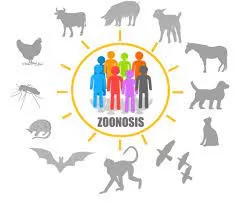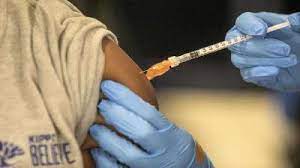
A recent study has issued a warning about the potential for a twelvefold increase in human fatalities in 2050 compared to 2020, should there be an outbreak of diseases transmitted from animals to humans. Ginkgo Bioworks, a US biotech company, conducted the study and highlighted that deforestation and climate change could lead to more frequent occurrences of zoonotic infectious diseases, also known as spillovers.
The research revealed a consistent 5 percent annual rise in epidemics from 1963 to 2019, with a corresponding 9 percent increase in casualties. According to the study, if these rates persist, the analyzed pathogens could cause four times the number of spillover events and twelve times the number of deaths in 2050 compared to 2020. However, it’s worth noting that the figures may be underestimated as they did not account for Covid, which did not meet the strict inclusion criteria.
The World Health Organization (WHO) has suggested that it is “likely” that the coronavirus originated from bats, although this theory has faced some scientific contention.
Published in BMJ Global Health, the study delved into historical trends for four types of diseases within the filoviruses group, including Ebola, Marburg, SARS Coronavirus 1, Nipah, and Machupo viruses. Over the course of the research, more than 3,000 outbreaks between 1963 and 2019 were analyzed, identifying 75 spillover events in 24 countries.
The study encompassed epidemics reported by the WHO, as well as outbreaks resulting in at least 50 fatalities since 1963, along with historically significant events such as the flu pandemics of 1918 and 1957. In total, these events led to 17,232 deaths, predominantly attributed to filoviruses, with the majority occurring in Africa.
The researchers noted that evidence from recent epidemics resulting in zoonotic spillovers indicates that these events are not isolated incidents, but rather part of a decades-long trend characterized by larger and more frequent spillover-driven epidemics. Urgent action is deemed necessary to address this significant and escalating risk to global health, based on the observed historical patterns.











